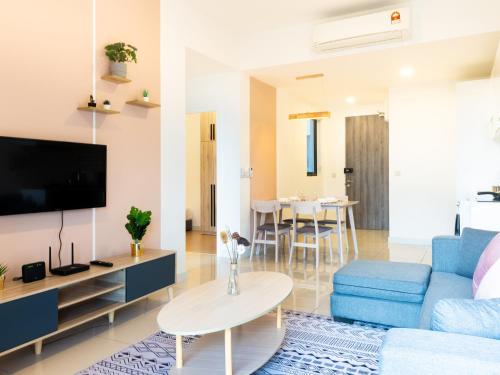A world dominated by technological advancement, the idea of telepresence robots is emerging as an exciting and radical breakthrough. These remarkable machines have transcended traditional boundaries, enabling individuals to be physically present in remote locations and never leave their personal area of. The merging of robotics and technologies for communication has given rise to a new generation of remote interactions, in which the telepresence robots act as avatars, bridge the disconnect between physical distances, and human connections.
Telepresence’s concept dates back decades, but recent advancements in robotics, connectivity, as well as interfaces to users, has turned this idea into something truly exceptional. Telepresence robots are designed to permit users to live remotely in the physical environment and communicate with their environment at any time. They can do this by using cutting-edge technology like advanced cameras, high-definition microphones, speakers, and mobility systems. These components enable users to see, hear and communicate with the robot, as if were present physically.
Telepresence robotics have played a significant role within the medical field with benefits that extend to patients as well as medical experts. Remote patient care is where the robots allow doctors to visit virtual patients, review medical records, and discuss treatment options. This can be a major game changer for those with a limited mobility, or who live in remote areas with limited accessibility to healthcare infrastructure. The surgeons also use robots with telepresence to carry out procedures from a distance, with the possibility of revolutionizing the field of remote surgery.

The influence of telepresence robot within the field of healthcare is immense. These robots enable medical professionals to offer remote consultations, diagnosis, and monitoring of patients that provide a level of interactivity that is superior to traditional web-based telemedicine systems. Specialists can “walk” the halls of hospitals via telepresence or consult nurses as well as patients, and then make educated conclusions. This technology is particularly beneficial in cases where the expertise of a doctor is needed but physical presence is not practical. To obtain extra information please go to https://boteyes.com/
Education is yet another field where we have witnessed the beneficial effects of remote-controlled robots. Students who are separated due to geographical limitations can now attend classes, interact with teachers, and interact with their peers via these robots. They provide a brand new dimension of education accessibility, making it possible for students from all over the world access high-quality learning opportunities. Additionally, speakers from guest venues no matter where they are they can attend classrooms and interact with students to enrich their learning process.
Telepresence robots are on a trend to completely change how we view presence and interactivity. With the advancement of technology and advances, we can anticipate these robots to become more efficient and intelligent that can navigate intricate environments with accuracy. Combining Augmented Reality (AR) and virtual reality (VR) technologies can enhance the experience of a user by making the experience more immersive. They could also have solutions that go beyond Earth as well, enabling remote exploration into hazardous areas or even distant planets.

